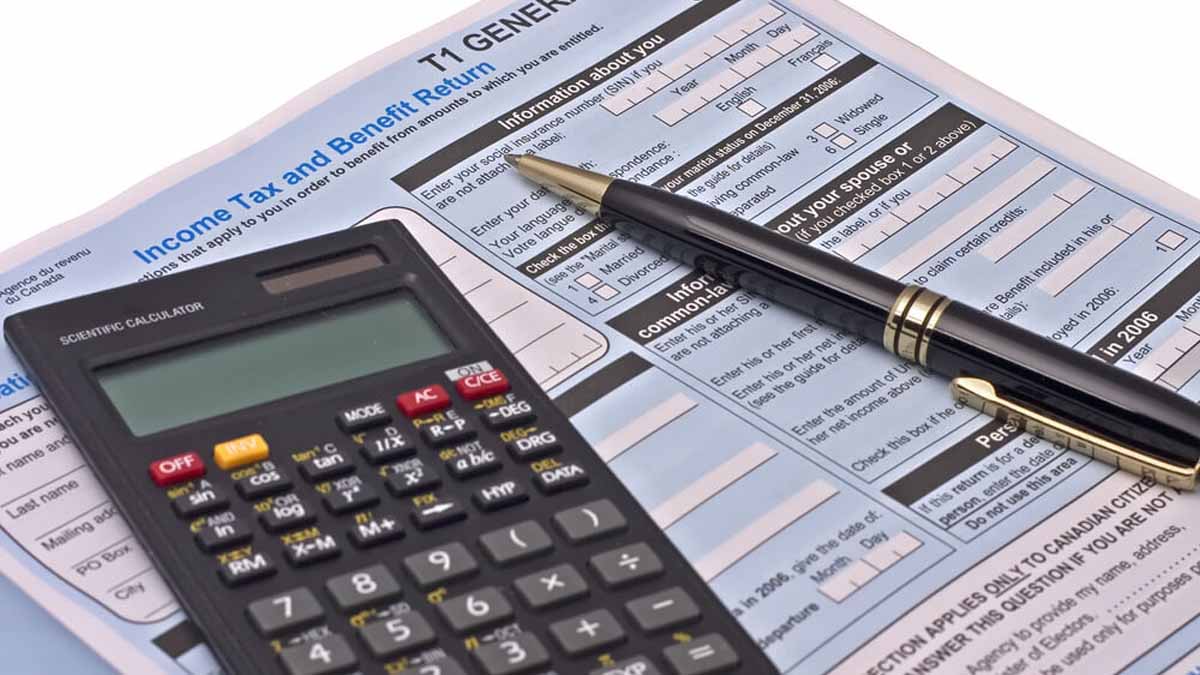As 2018 draws to a close, it’s a good time to meet with your accountant and have an informed discussion about maximizing tax savings for the past year. Small business owners, in particular, have many opportunities to save on their yearly taxes, so take a few minutes to review your options with an expert before 2018.
In this blog, we’ll take a look at some of the changes in tax provisions that will affect individuals and small businesses below:
Eligible Deductions & Credits
If you pay the following expenses by December 31, 2017, they will be eligible for the deductions of tax credits. In other words, you’ll have to pay less for the past tax year:
- Childcare expenses
- Moving expenses
- Investment council fees
- Charitable donations
- Accounting fees
- Medical expenses
- Tuition fees
- Deductible support payments
- Political donations
- Interest paid on loans used to purchase investments
Contribute to Your RRSP
The most popular tax tool available to the average person is investing in a Registered Retirement Savings Plan (RRSP). Contributions to RRSPs are tax deductible and the income earned within the RRSP grows until you retire — with taxes deferred. You can claim a contribution of up to 18% of your earned income from 2016 (to a maximum of $26,010).
Earned income includes the following sources:
- Employment income
- Business income
- Net income from rental properties
- CPP disability pension
- Certain types of royalties
- Spousal or child support payments that are included in your income
Remember that your contribution limit may be subject to a pension adjustment reversal from 2016. So if your employer is making contributions to a pension plan, or actuarial commitments to such plans in the year 2016, then these will be reflected in this pension adjustment.
It is also important to remember that the age limit for RRSP contributions is 71. The age limit for converting an RRSP to an annuity or RRIF is also 71.
Finally, don’t overcontribute — a severe penalty will result. If you have any questions about RRSP contributions, talk to a professional accountant today.
Capital Gains Exemption Deduction
The Lifetime Capital Gains Exemption Deduction applies to individuals who dispose of shares in a qualified small business corporation, or in a qualified farm or fishing property. The exemption is $835,716 for small businesses and $1,000,000 for farms or fishing properties.
If you have already claimed the $100,000 Personal Capital Gains Exemption, which ended in 1994, then this will reduce the amount of Lifetime Capital Gains Exemption available to you.
You must also verify whether you have claimed allowable business investment losses (ABIL) in prior years or have cumulative net investment losses (CNIL) as of December 31, 2017. These items will also affect the amount of exemption that can be claimed.
Use Your Capital Losses to Reduce Income Taxes
Did you know that you can use your 2017 capital losses to reduce your current year’s income taxes, by applying such losses against your 2017 capital gains?
This can be an effective strategy for reducing what is owed in a given tax year — but you must be careful of the superficial loss rules, which prevent you from claiming a capital loss on an identical asset that you reacquired 30 days before or after the sale date.
If your capital gains were realized in the years 2014 to 2016, and net capital losses were incurred in 2017, then you can carry these losses back against previous years’ capital gains. You can also carry the unused 2017 losses forward to future capital gains.
The last 2017 transaction date effective for publicly-traded securities is December 22, 2017.
Other Tax Planning Recommendations
There are many other strategies available for individuals and business owners who want to save on their income taxes in 2017. Here are some quick recommendations from our team, which you may want to consider:
- Consider a Registered Education Savings Plan (RESP) for your children.
- Set up a Tax-Free Savings Account (TFSA).
- Review your December income tax instalment.
- Make a low-interest loan to your spouse.
- Repay outstanding shareholder loans and pay interest on employee loans.
- Contribute to your spouse’s or common-law partner’s RRSP to the extent of your RRSP deduction limit for 2017. This doubles the amount a couple can withdraw for the Home Buyer’s plan.
- Consider a Registered Disability Savings Plan for a child with a severe disability.
- Claim you personal tax credits.
- Keep your transit passes (up to June 30, 2017).
- Pay reasonable salaries to family members in 2017.
- Convert non-deductible debt to deductible interest.
- Review your will every 5 years.
- Split pension income with a spouse.
- Apply for Home Buyer’s tax credit, if you are a first-time homebuyer.
Got questions about these recommendations or anything else in this article on 2017 taxes? Contact the team of Chartered Professionals Accountants at Clearwater for more advice.
